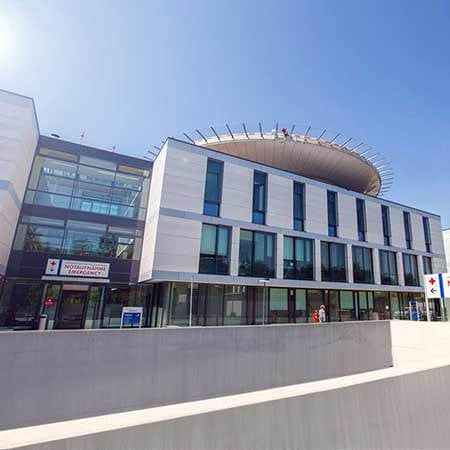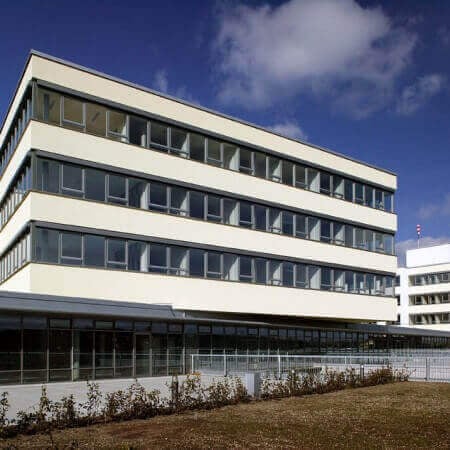About the disease
Chordoma is a cancer of the skull bones and also spine. It is considered rare. It is the type of sarcoma. Sarcoma is a malignant cancer of bones and also soft tissues. According to Chordoma Foundation, this type of cancer accounts for 3% of all bone cancers. It also accounts for 20% of tumors that start in the spine. Overall, chordomas tend to develop slowly. A lot of time may pass before the person is diagnosed with this type of cancer. Chordoma can also be causing symptoms which may be present for years, but a person still will not know that he/she has chordoma until they undergo the full check-up.
According to Chordoma Foundation, this tumor can be difficult to treat as well, as it affects such important structures of the brain as brainstem and spinal cord. Different arteries and nerves may be affected as well, depending on the exact location where chordoma originated. The risk of recurrence after chordoma was treated is also high and there is also the risk that chordoma will metastasize further.
Despite this poor prognosis, chordoma is really extremely rare. It affects 1 person out of 1 million annually. Also, this condition is more common in the elderly over the age of 55-60. It is more common among the male population.
Chordomas usually develop either in some part of the spine or in the skull base. The most common site of chordoma of the spine is the sacrum, which is the bottom of the spine. In chordomas of the skull base tumor develops mostly in the center of the head.
The exact cause of chordoma is not known. Some researchers think that genetic predisposition plays the role. Genetic mutation can also be the cause. Nonetheless, in general, chordoma is considered to appear randomly.
Symptoms
If chordoma develops in the skull base, the symptoms may be as follows:
- Headache
- Pain in the neck
- Problems with vision
- Problems with facial movements and also different cerebral functions in case chordoma is very big and affected the brain, which happens very rarely
If chordoma develops in the spine, the symptoms may be as follows:
- Pain in the spine
- Numbness
- Tingling
- Weakness in the extremities
- A lump in the spine in some rare cases when chordoma is very big
Diagnosis
- During a general examination, the doctor will ask about the symptoms listed above. The doctor will also check the spine for any strange lumps.
- Imaging tests, such as MRI and CT scan, are the best in determining the exact location of the tumor and also its size. Patients are usually advised to check all spine and the skull and also other organs to determine if the tumor had not spread.
- Biopsy is used in some cases when the type of tumor is still unclear and where it is possible to obtain the sample of the tissue, so that it is later examined in the laboratory under the microscope.
Treatment
- Surgical resection is necessary for all cases of chordoma. Depending on the location of chordoma, the surgeons will resect the tumor without affecting the arteries and the nerves.
- Radiation therapy is recommended if tumor had not been resected completely. Then the remaining part of the tumor needs to be radiated to prevent recurrence of the tumor and ensure the recovery of the patient.
Authors:
This article was edited by medical experts, board-certified doctors Dr. Nadezhda Ivanisova, and Dr. Bohdan Mykhalniuk. For the treatment of the conditions referred to in the article, you must consult a doctor; the information in the article is not intended for self-medication!
Our editorial policy, which details our commitment to accuracy and transparency, is available here. Click this link to review our policies.















